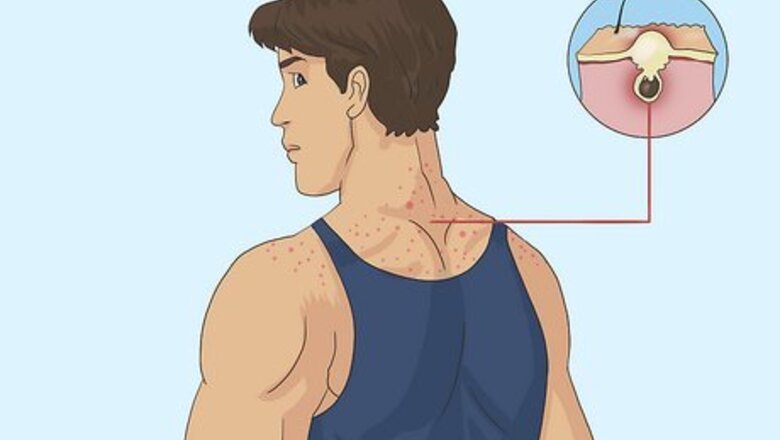
views
X
Research source
Acne
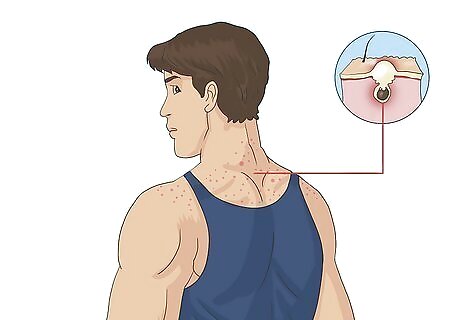
Anabolic steroids increase oil production and cause body acne. The increased oil clogs pores and leads to acne. This condition can occur anywhere, but tends to be concentrated on the shoulders and back, since that's where steroids are most active. Even if they don't have breakouts, their skin will probably appear more oily or greasy. You might also notice that their hair is greasy because they have an oilier scalp.
Disproportionate upper body
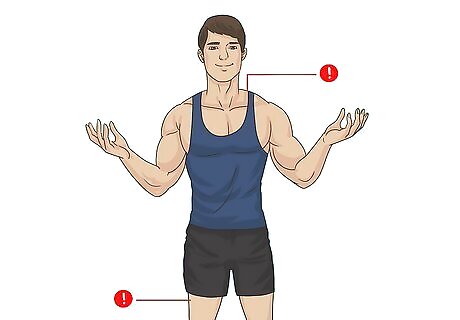
Neck and shoulder muscles are more receptive to steroids. Anabolic steroids work by attaching to androgen receptors in your body. The neck and shoulder muscles have more of these receptors, so they tend to reap the bulk of the benefit from steroids. This can give rise to the "yoked" effect—where the person's neck and shoulder muscles are so outsized that they look like they're wearing a yoke. A person on steroids will also tend to have more significant upper body gains than lower body gains—think a guy who looks like he skipped all the leg days.
High energy

People on steroids are able to train more often for longer periods. Steroids give you more energy, so someone taking steroids is probably going to train for longer periods and have more stamina to power through their workouts. You might also see them getting in multiple training sessions per day. Because of this, it might seem like someone on steroids spends all of their time in the gym. Someone motivated to take steroids is likely pretty obsessed with gains, so they'll prioritize that over anything—and steroids give them the energy to do it.
Fast gains
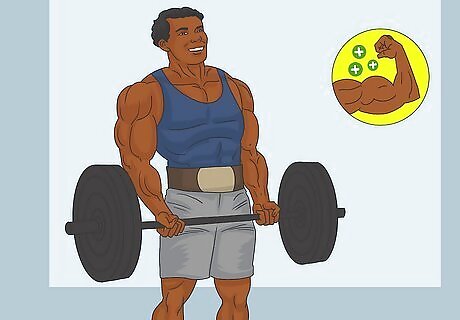
Gains typically plateau closer to the body's max muscle mass. When anyone first starts working out, they'll build muscle pretty fast for a while. Gains then slow and plateau with continued exercise. If someone who's already fit suddenly starts getting massive gains, they might be on steroids. They might also have stretch marks on their skin. This indicates that they built muscle faster than their skin could cope. Stretch marks are especially likely on their upper body, arms, and shoulders.
Consistent low body fat
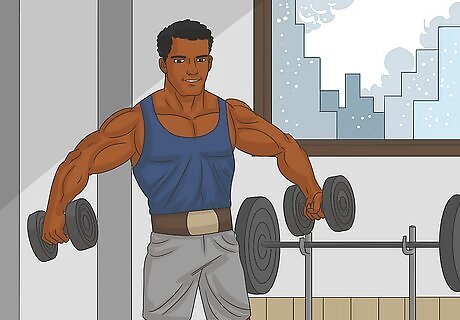
Body fat typically fluctuates over the course of training. While it is possible to gain muscle and lose body fat at the same time, it requires a very specific diet and training regimen. If someone never seems to gain any body fat but continuously gains muscle mass, it's more likely that they're on steroids. Winter is a good time to watch for this. Most people naturally gain a little body fat during the cold months. If this person doesn't, and yet continues to build muscle, they might be getting that boost from steroids.
Feminine characteristics (in males)
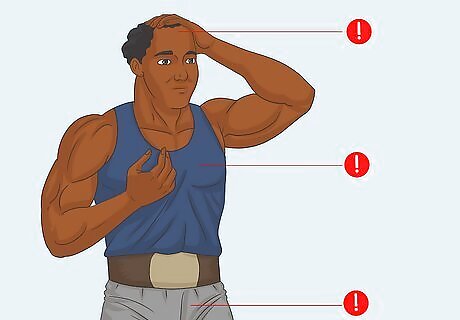
Artificially increasing testosterone means the body stops producing it. When a man taking steroids goes off them, it usually takes a while before his body starts producing testosterone again, which means he'll have more estrogen. On top of that, the body turns some excess testosterone into estrogen. This can lead to some of the following traits: Gynecomastia: the growth of breast tissue in men Testicle and penis shrinkage Baldness Reduced sperm count Erectile dysfunction Erectile dysfunction can often be a taboo and a private topic for men. But if they know that this issue is quite common and could be due to anxiety, they may be inclined to seek help. Seeking help can reduce its occurrence.
Masculine characteristics (in females)
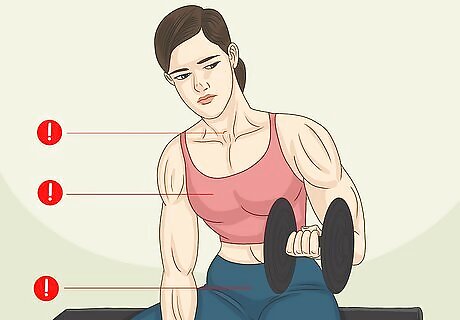
Steroids raise women's testosterone levels. Steroids have the opposite effect on women than they do on men because women naturally tend to have lower testosterone production. This means if women take anabolic steroids, they may develop some of the following characteristics: Shrunken breasts Deepened voice Facial and body hair growth Irregular menstrual cycle or loss of periods Abnormal clitoral growth
High muscle-to-height ratio
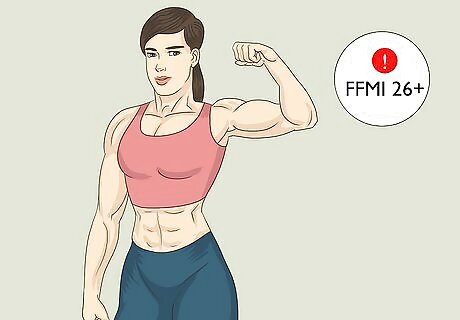
People who use steroids typically have a fat-free mass index (FFMI). The FFMI gives you the ratio of muscle to height. It's not perfect, but scientists have determined that an FFMI of 25.0 is about the limit for people building muscle naturally. If the person has an FFMI of 26 or more, it's likely that they're taking steroids. The low body fat percentage is also what causes the extremely veiny skin stereotypically associated with steroid use, particularly in bodybuilders. You might not be able to get the exact figures you need to calculate FFMI for someone you know, but you could make an educated guess. If you're looking at a celebrity athlete, the figures you need will usually be publicly available.
Knowledge about male hormones

Steroid users often do their own research to determine their cycles. There's not a lot of peer-reviewed medical research out there about taking anabolic steroids for performance enhancement. This means users have to learn what drugs to use to achieve the results they want on their own. Since most people taking steroids will deny it if you ask them outright, simply asking for information is a good way to determine how much they know. For example, you might compliment them on their physique or their energy level, then say something like, "I'd like to know what I can do to get your gains." You might also mention that someone else has recommended something and ask their opinion on it: "Dave told me I should be taking HGH, what do you think?"
Mood swings or violent outbursts
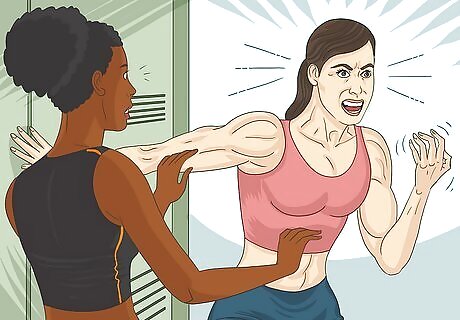
"Roid rage" is one of the most well-known side effects of steroids. If you know someone who was previously pretty calm and even-keeled but now flies off the handle at the slightest provocation, that could indicate steroid use. There are so many other factors potentially involved with mood swings. If someone's sudden mood swings are the only thing you've noticed, talk to them about their mood swings specifically rather than bringing up steroid use. Abuse of anabolic steroids is also strongly correlated with anxiety, depression, and suicide.

















Comments
0 comment